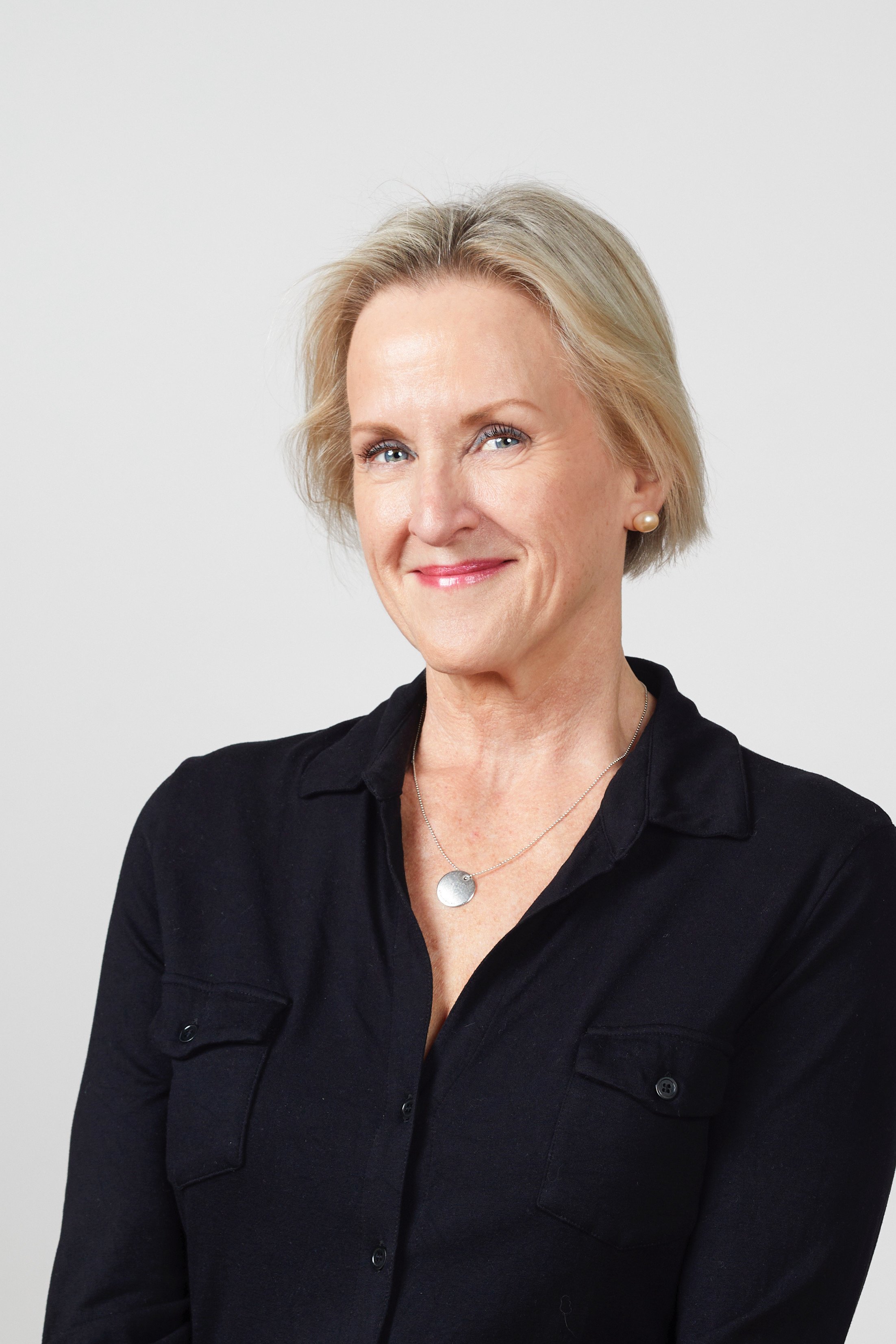The effort to comply with USP <800> is time and resource-intensive, requiring significant investments in workflow shifts, and technology upgrades. Many hospitals we’ve spoken with did not have an upfront budget to meet the many hazardous drug safe handling requirements of USP <800>, <795> and <797> and must dedicate large sums to new equipment, PPE and even major building renovations to meet new, stringent compounding requirements.
In an effort to cut expenses where possible, we’re witnessing healthcare facilities attempt to make homegrown technology solutions to replace and, in some cases, simply update outdated and ineffective safety policy documentation and communication methods like spreadsheets and even physical copies. Because the healthcare organization is utilizing existing software or current practices, the efforts are seen as “free” or at least not a major expense.
The reality is that nothing is free. To retrofit an existing technology or protocol to solve a new problem, labor hours are needed, and typically, lots of it.
For instance, we’ve spoken to a healthcare facility whose Willow team is drowning in piles of IT tickets related to the essential use of Epic. In order to save money on the facility’s USP <800> compliance efforts, the WIllow team is now being asked to build out a hazardous drug safe handling and disposal database in addition to their routine tasks of maintaining the system, troubleshooting technical issues and more.
Consider the manpower needed to develop an entirely new solution in addition to the vital work these teams are doing every day. In one case, the hospital estimated it would take at least three people on the WIllow team and an informatics pharmacist who will identify what needs to be built out, create tickets for the project, and thoroughly test Epic throughout the project. For the initial setup, an average of 300 drugs and all of the safety policies for each type of administration must be added to the list and then to the potentially hundreds of ERX modifications.
The overwhelming thought is that this is just the beginning. Hospitals are still only required to reference NIOSH 2016, but many are moving to NIOSH 2020 with the 2023 list biting at their heels. The needs are constantly evolving and with USP <800> enforcement now a reality, hospitals will face another unknown set of requirements.
This is the first in a series of blogs where we will discuss the challenges faced when working to comply with USP <800> under a non-existent or undefined budget for the technology needed to make their facility both safer and compliant. Next time, we’ll go into more detail about how a homegrown technology solution is unsustainable. We’ll share stories from hospitals we’ve talked to about their attempts at creating a solution and why they are now looking at solutions like Rhazdrugs to document and communicate their hazardous drugs' safe handling policies.
We have an existing library of resources to address many challenges of implementing the USP <800> safe handling requirements. Check out other USP <800> Safety First blogs and recordings from our webinar series discussing all things USP <800>.


